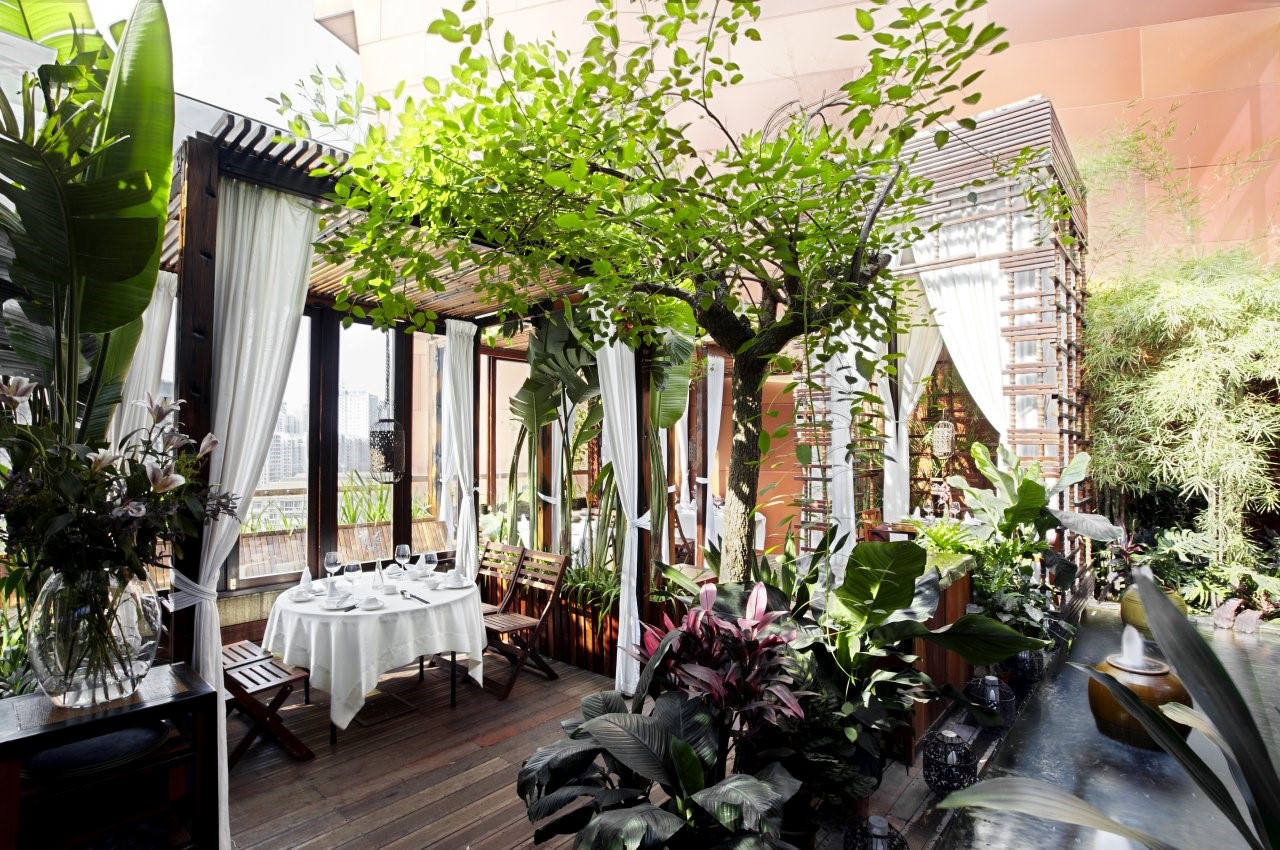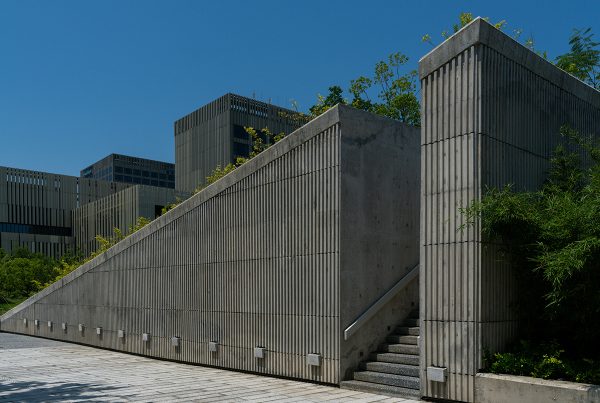Sustainability is a broad term describing a desire to carry out activities without depleting resources or having harmful impacts; avoidance of the depletion of natural resources in order to maintain an ecological balance, while a sustainable building is the practice of creating healthier and more resource-efficient models of construction, renovation, operation, maintenance, and demolition.

Sustainable Buildings
Buildings and the Environment
In the United States, buildings account for 39{e3829ec1db02d54faaf9fa2de0d48db26af01d7a7944a63c3b26976124791cab} of the total energy use, 68{e3829ec1db02d54faaf9fa2de0d48db26af01d7a7944a63c3b26976124791cab} of the total electricity consumption, 30{e3829ec1db02d54faaf9fa2de0d48db26af01d7a7944a63c3b26976124791cab} of the landfill waste, 38{e3829ec1db02d54faaf9fa2de0d48db26af01d7a7944a63c3b26976124791cab} of CO2 emissions, and 12{e3829ec1db02d54faaf9fa2de0d48db26af01d7a7944a63c3b26976124791cab} of total water consumption (source: USGBC). Thus, buildings have a huge influence on the environment, and this is why we need to focus on sustainable buildings.
Sustainable Buildings
Sustainable buildings focus on several different aspects, such as energy, water, transportation access, materials, health, and well-being, etc. A sustainable building has a lot of benefits; it maintains or improves the quality of life for its occupants and harmonizes within the local climate, tradition, and culture. It also conserves energy and water and reduces a number of hazardous substances to which humans and other organisms are exposed. It benefits the local and global ecosystem thought the entire building lifecycle. Sustainability in buildings not only protects the environment we live in but also saves money and increases the quality of the workplace environment thus increasing productivity. This is clearly a win-win decision in long term.
As the world continues to focus on sustainability for the planet, our definition of sustainability is moving beyond environmental protection to include humans in the ecosystem as well. In the coming years, buildings will no longer be considered green if they only do less harm. More of the places where we live, work and learn will begin to actively and intentionally protect and restore our health.











